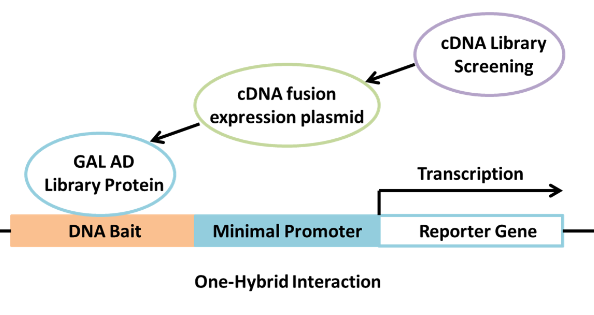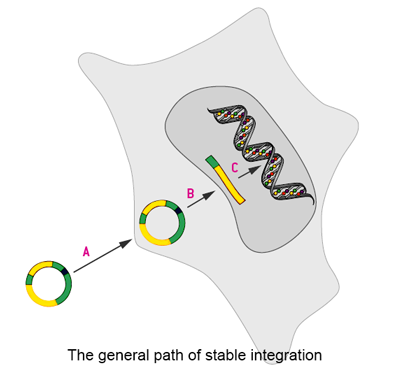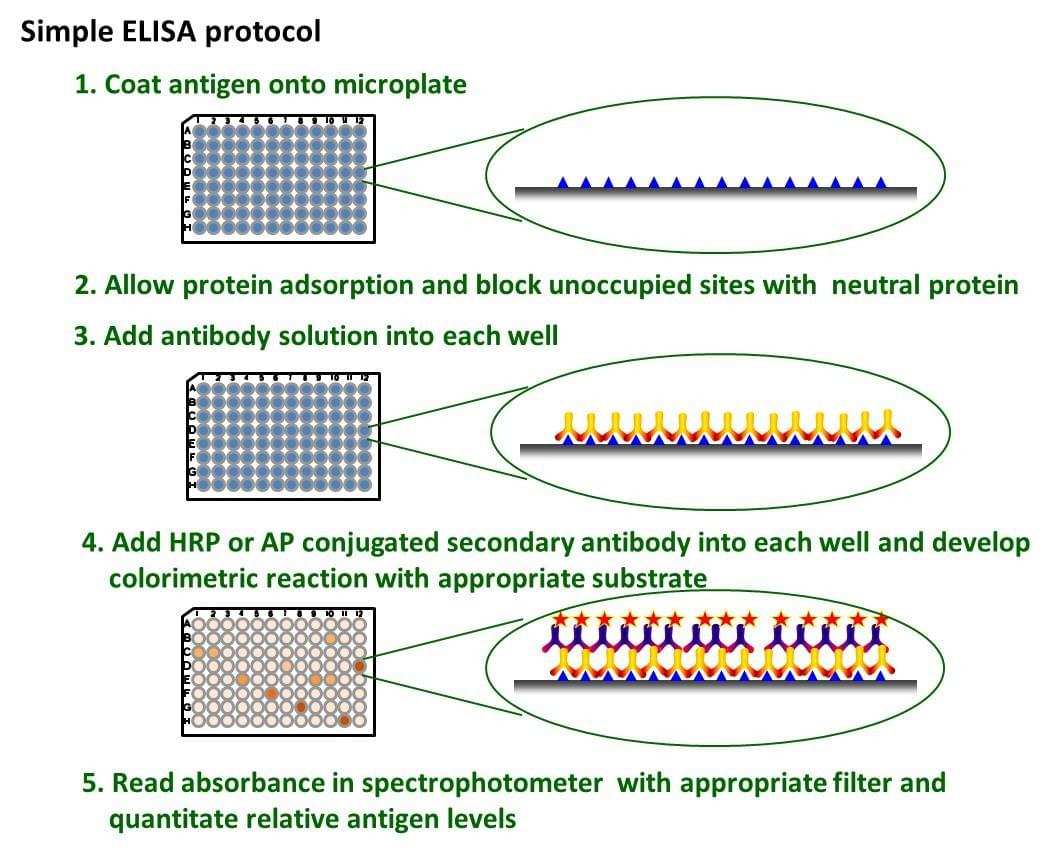Principle & Protocol
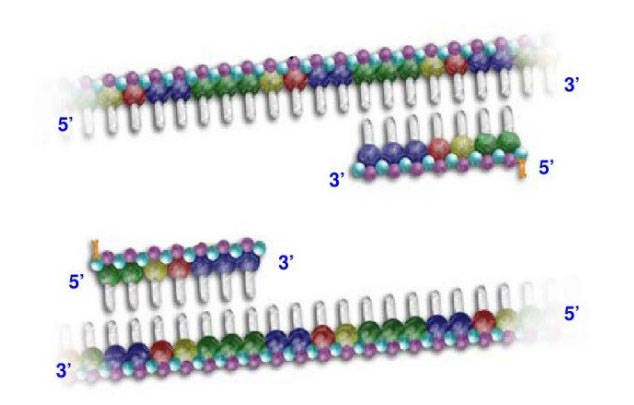
Real-time Quantitative PCR
BACKGROUND A protein expression needs gene transcription and translation. Whether gene transcription or the quantity of gene transcription clearly reflect the protein expression level. Therefore, it’s critical for
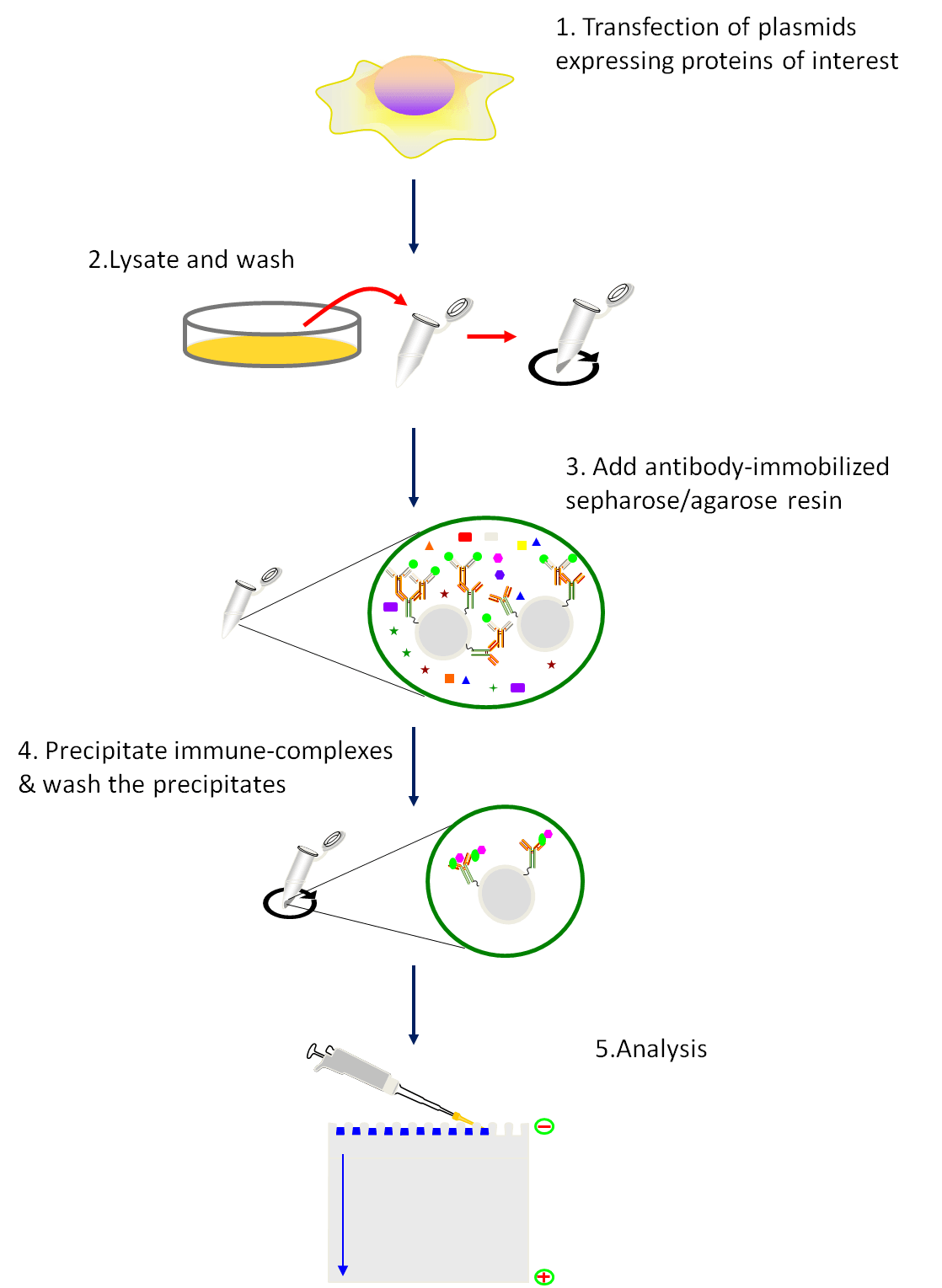
Principle and Protocol of Co-Immunoprecipitation
Co-Immunoprecipitation (Co-IP) was developed from the immunoprecipitation technique with which Co-IP shares the fundamental principle of the specific antigen-antibody reaction. Immunoprecipitation(IP) technique is used for isolate individual protein. Using an antibody that is specific for a

Principle and Protocol of Surface Plasmon Resonance (SPR)
Surface plasmon resonance (SPR) is one of the commonly used technologies for detailed and quantitative studies of protein-protein interactions and determination of their equilibrium and kinetic parameters. SPR provides excellent instrumentation for a label-free, real-time investigation of
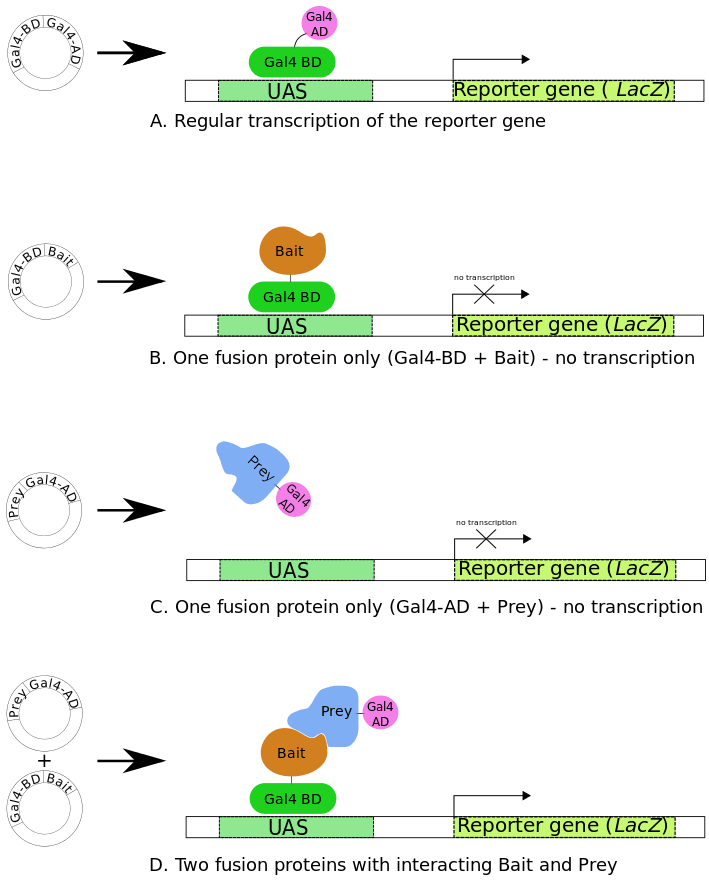
Protein Interaction (3) Yeast-Two-Hybrid Assay
Pioneered by Stanley Fields and Ok-Kyu Song in 1989, the yeast-two-hybrid (Y2H) technique was originally designed to detect protein–protein interactions using the GAL4 transcriptional activator of the yeast Saccharomyces cerevisiae. Nowadays, the Y2H screen remains one of the leading
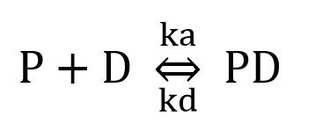
Protein Interaction (2) Principle and Protocol of EMSA
The electrophoretic mobility shift assay (EMSA), or gel shift assay is a simple and rapid method to detect protein complexes with nucleic acids. EMSA originally used widely in the study of sequence-specific DNA-binding proteins such as transcription factors, has been further developed to
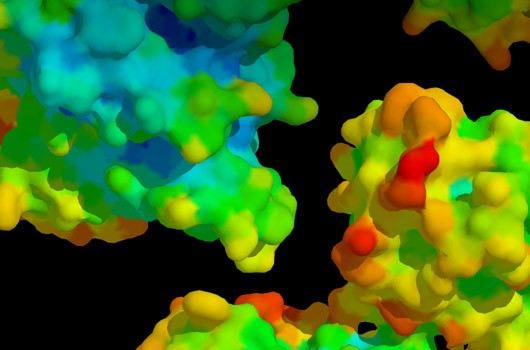
Protein Interaction (1) Overview
A variety of specific macromolecular interactions such as protein-DNA, protein-RNA, protein-protein, protein-lipid and protein-carbohydrate interactions are important in biological systems. Since the specific interactions between the cellular macromolecules form the basis for all biological
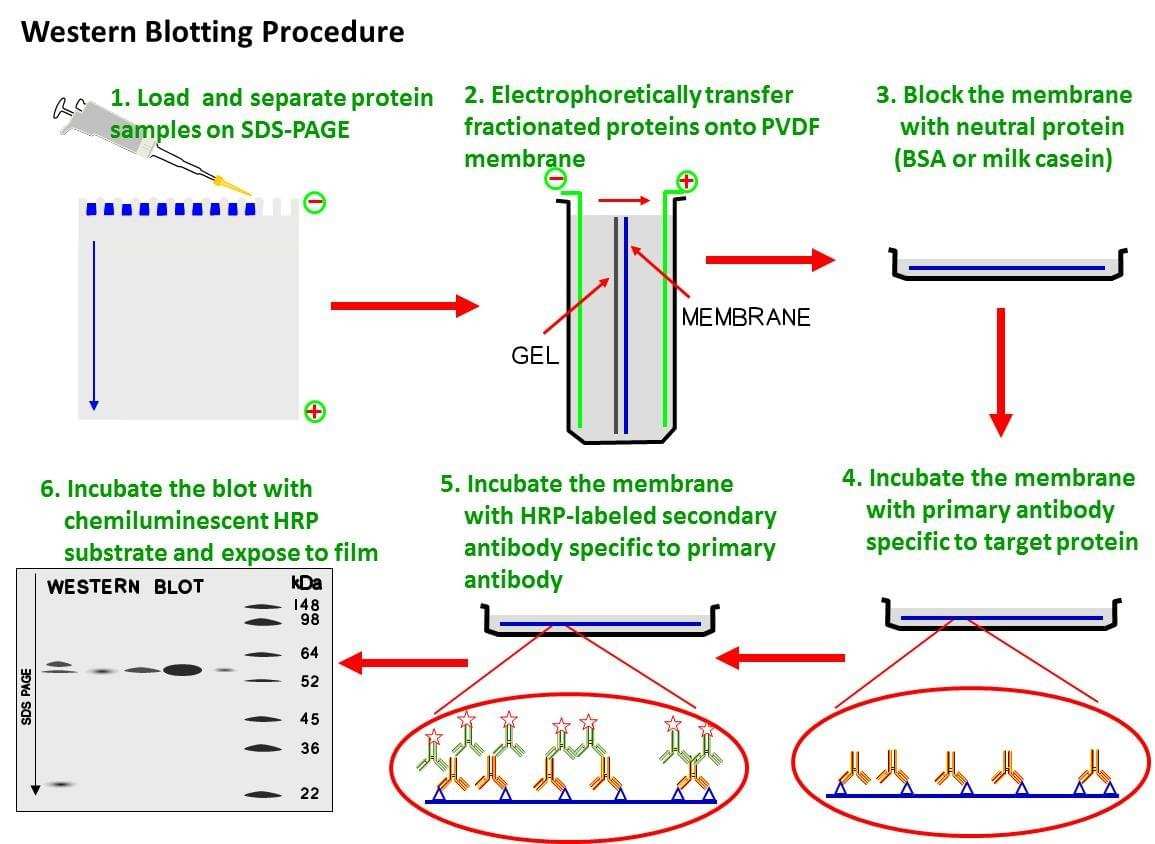
Western blot protocol
Fig. The schematic diagram of western bolt protocol. Western blot protocol procedure Sample prepare Usually, samples are resuspended or mixed in 20-50 µl of 1X sample buffer and all the mixtures are incubated at 90°C for five minutes or 50°C for 15 minutes to break down the
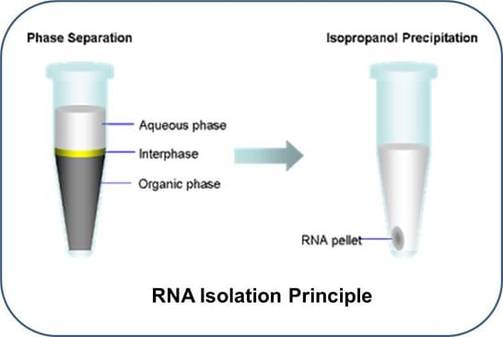
RNA Isolation protocol
RNA Isolation is frequently used in molecular biological experiments. The most important thing for isolate RNA is that you must protect RNA from degradation by RNAase. Here is a brief protocol to isolate RNA from leaf tissue.
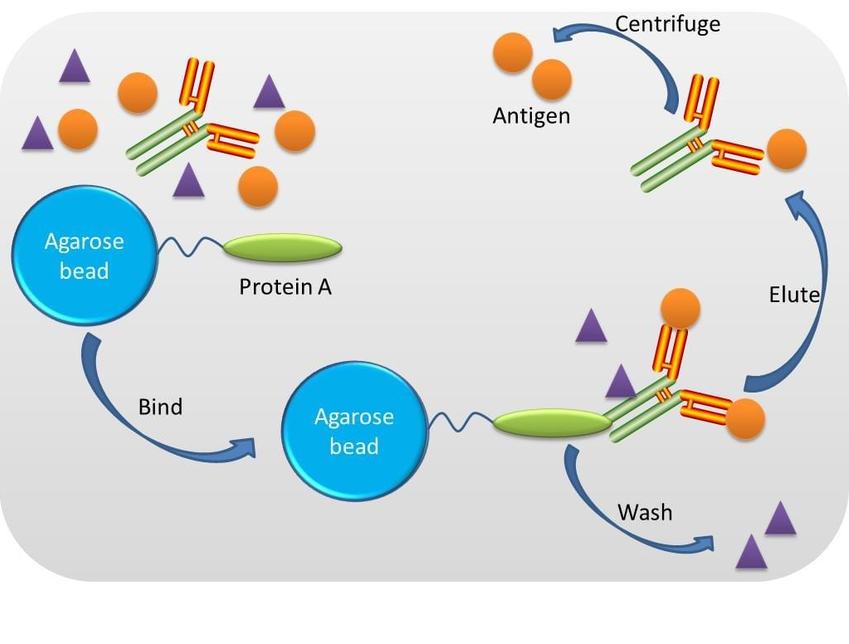
Immunoprecipitation
Crosslink immunoprecipitation refers to the process of antigen purification utilising a specific antibody.
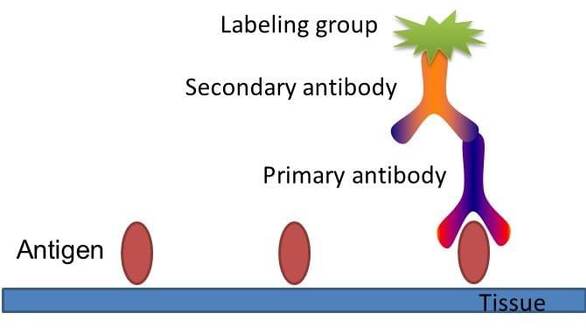
Immunohistochemistry protocol
Here we provide a protocol for usual immunohistochemistry.

Immunofluorescence
Immunofluorescence utilizes the specificity of antibodies with fluorescent dyes to recognize their antigen, and therefore allows visualization of the distribution of the target molecule through fluorescent dyes with a fluorescence microscope.
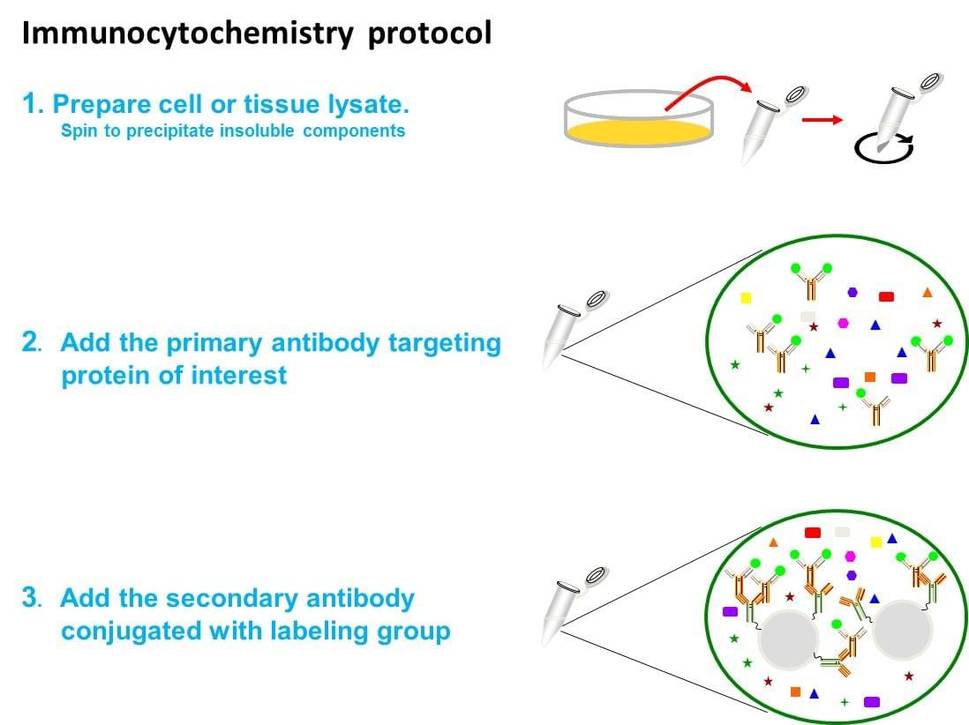
Immunocytochemistry protocol
Immunocytochemistry (ICC) is a widely used technique to study the expression situation of specific protein or antigen in cells. The target molecule is recognized and combined by specific primary antibody.

Flow Cytometry
Flow cytometry is a technology for cell counting, cell sorting, specific biomarker measurement et cetera which base on laser application. The samples are cells and particles as usual, and they are suspended in a stream of fluid.
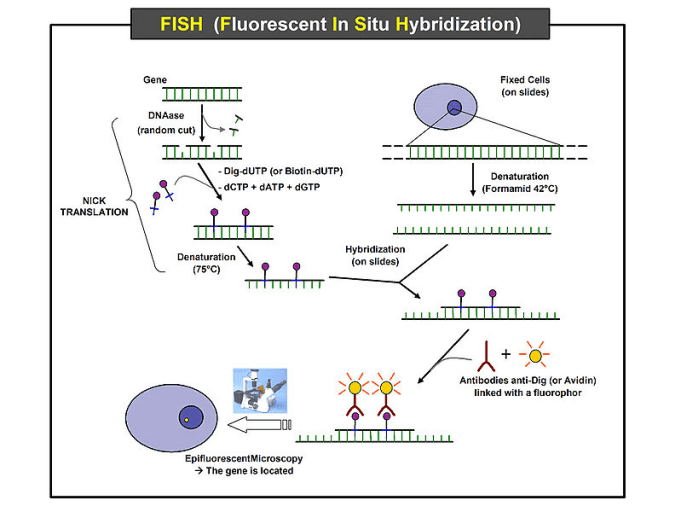
Fluorescence In Situ Hybridization (FISH) protocol
Fluorescence in situ hybridization (FISH) is a technique that uses fluorescent probes which bind to special sites of the chromosome with a high degree of sequence complementarity to the probes.
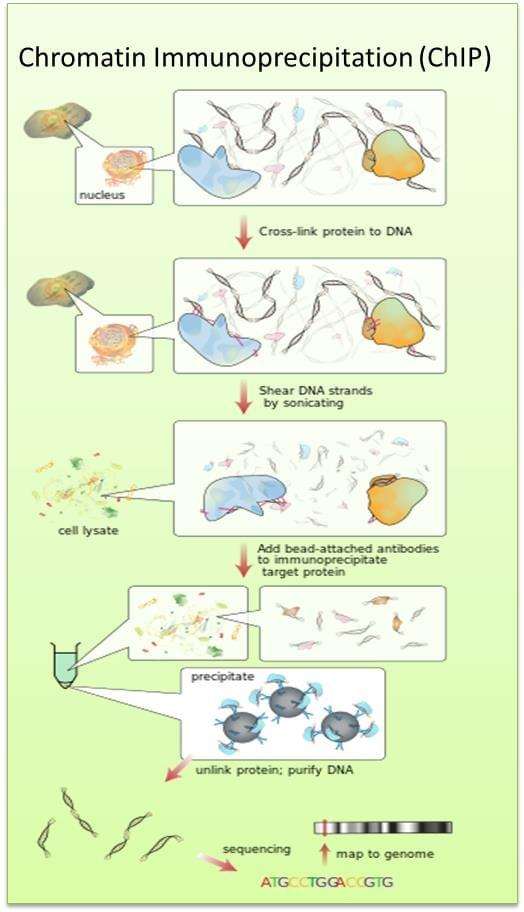
Chromatin Immunoprecipitation (ChIP)
Chromatin immunoprecipitation (ChIP) has become an important and popular method for the study of DNA-protein interactions.

Cell culture
Most of animal cell lines grow on substrate as monolayer only a single thickness.

Antibody Conjugation
Methods for antibody modification have been developed in many previous studies with variety of labeling groups or conjugations. It is an important step for any further conjugation. In order to keep the functionality of the antibody after conjugation, modification is needed to avoid the conjugation to the immunoglobulin fractions.
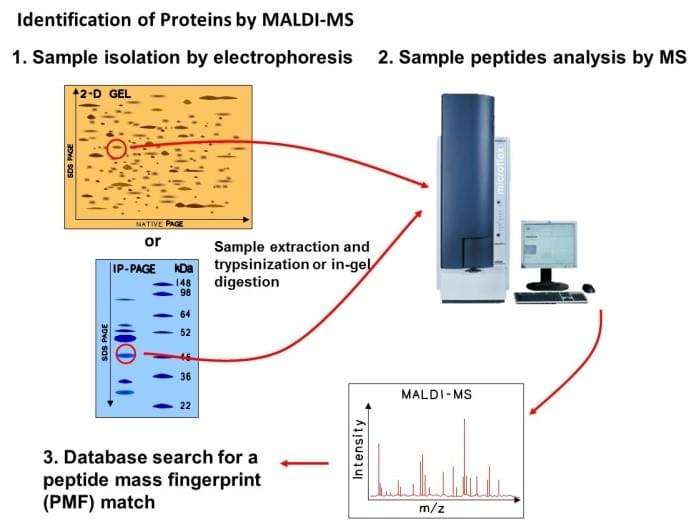
Peptide analysis by 2D-PAGE-MS protocol
The proteins are identified on 2-D electrophoresis, and then the spots are eluted from the gel and identified sequences using Liquid Chromatography Mass Spectrometry (LC/MS) or western blotting.


